Mark Shuster (Director, Texas Bureau of Economic Geology, Austin) will give a key note talk at the GeoGulf All-Convention Luncheon.
Noon at the Grand Ballroom, Westchase Marriott
“Deepwater Conventional and Unconventional Onshore: Comparing E&P Paradigms from Texas and the Gulf of Mexico”
Oil production from the deepwater Gulf of Mexico (GOM) and the onshore Texas tight oil plays constitute more than 50 % of the current US oil production. Production from both sets of plays has increased over the last few years, and as a result, Texas and the GOM are producing at their highest historical levels. The respective reservoirs and operating environments have underpinned end-member approaches to exploration, development, and production. The deepwater GOM approach is characterized by discovering and developing high productivity conventional reservoirs, managing high exploration risk, reducing uncertainties through appraisal, and making large, upfront investments for development. The onshore, tight oil play approach is characterized by low-to-zero exploration risk, application of completion and field optimization technologies, with more flexible development investment. Focus on cost reduction and technologies, in both the deepwater and onshore tight oil plays have resulted in competitive and viable E&P models addressing very different challenges. In the deepwater realm, these challenges include extreme water depths, high pressures, deep drilling targets, and geological complexity. In the onshore plays, development optimization of reservoirs with steep production declines, low recovery factors, and difficult operational logistics comprise some of the key challenges. Application of manufacturing-type development approaches to minimize cost and reduce cycle-times have evolved in both settings. In addition, both the onshore and the deepwater E&P industries have to manage environmental and societal impact to maintain licenses to operate at scale. The combined, yet-to-find and yet-to-develop recoverable oil resource volumes of the GOM and the onshore Texas tight oil plays (greatly) exceed 100 billion barrels. Production and monetization of even a portion of this potential resource will underpin future activity for decades. Although the deepwater and onshore tight oil plays require different geoscience and engineering focus, sharing of research and learnings in common areas such as data analytics, deep learning, petroleum systems, and geophysics should be mutually beneficial and encouraged.
Mark Shuster is currently the Acting Director, and Associate Director of the Energy Division at the Bureau of Economic Geology at the University of Texas, Austin. As Associate Director, he is responsible for managing the Bureau’s energy-related research, and is actively conducting petroleum geology research. Mark joined the Bureau in 2016. Prior to joining the Bureau, Mark worked for Shell and affiliates for over 30 years in Exploration and Research roles as a Geologist, Exploration Manager, Vice President, and Executive Vice President in assignments in the US, The Netherlands, Australia, Oman, and the U.A.E.. His work experience includes projects in the Gulf of Mexico, Permian Basin, Atlantic margins, Australia, Middle East, Latin America, southeast Asia, and Alaska. Mark has a B.S. in Geology from the University of the Pacific, and a PhD in Geology from the University of Wyoming.


